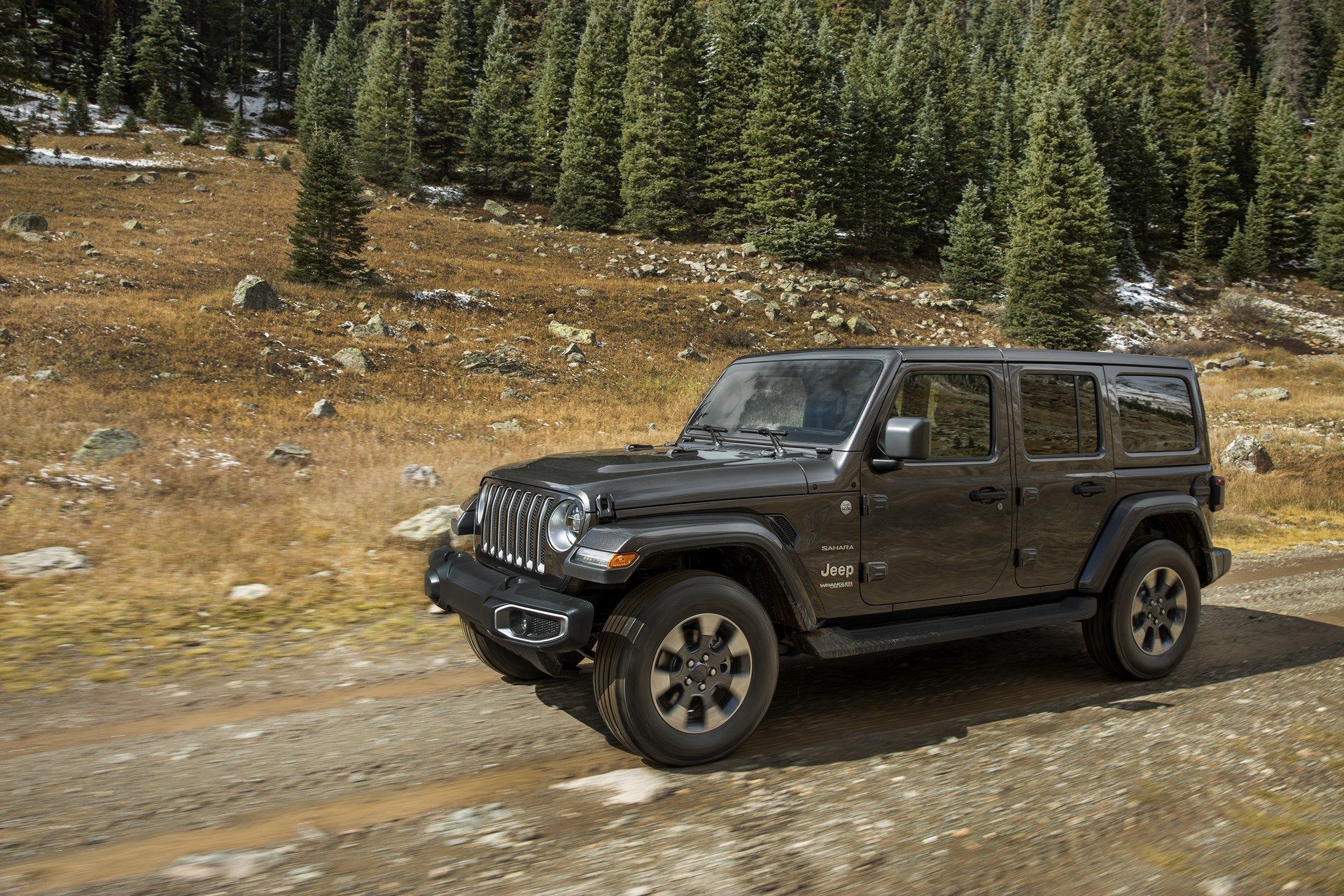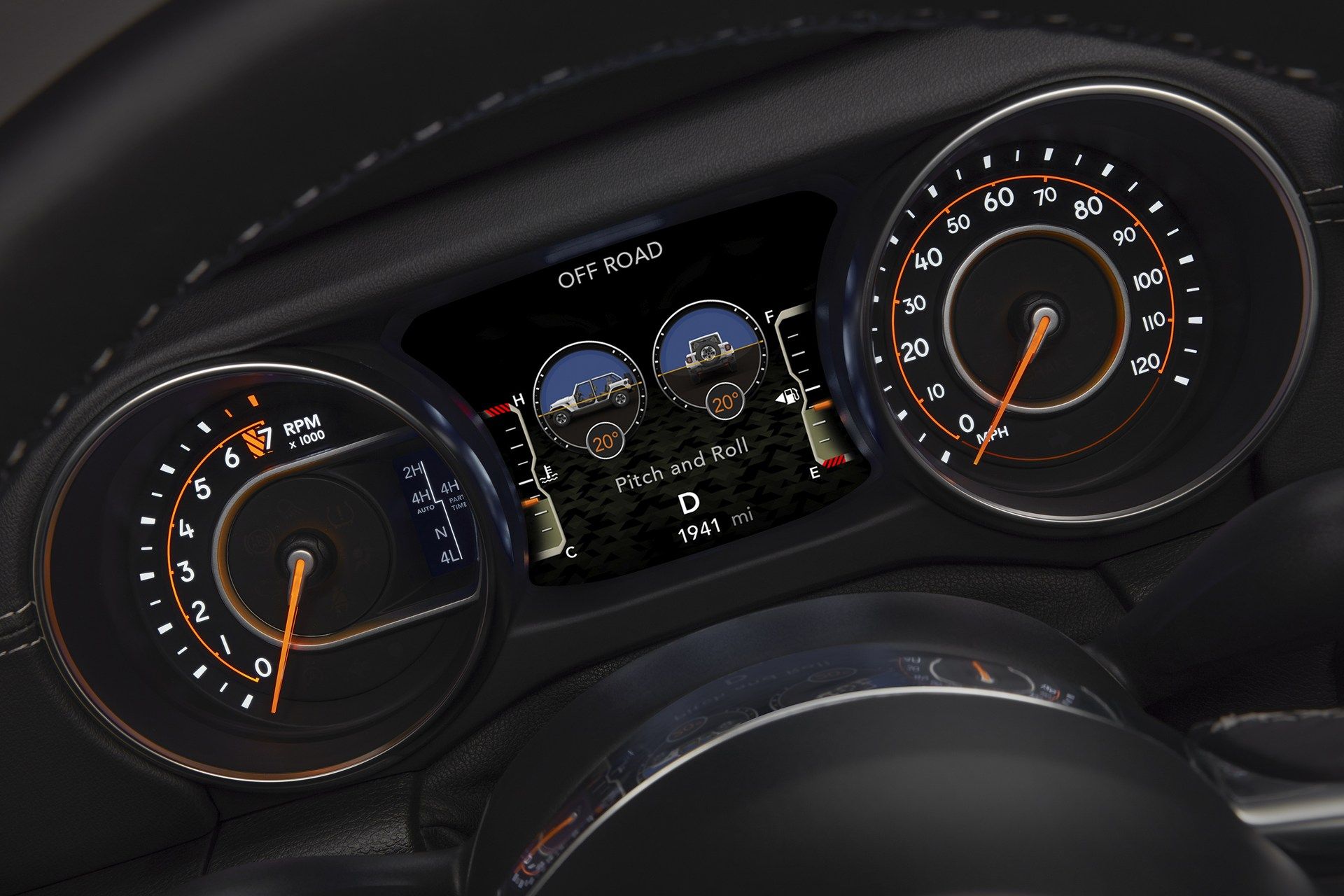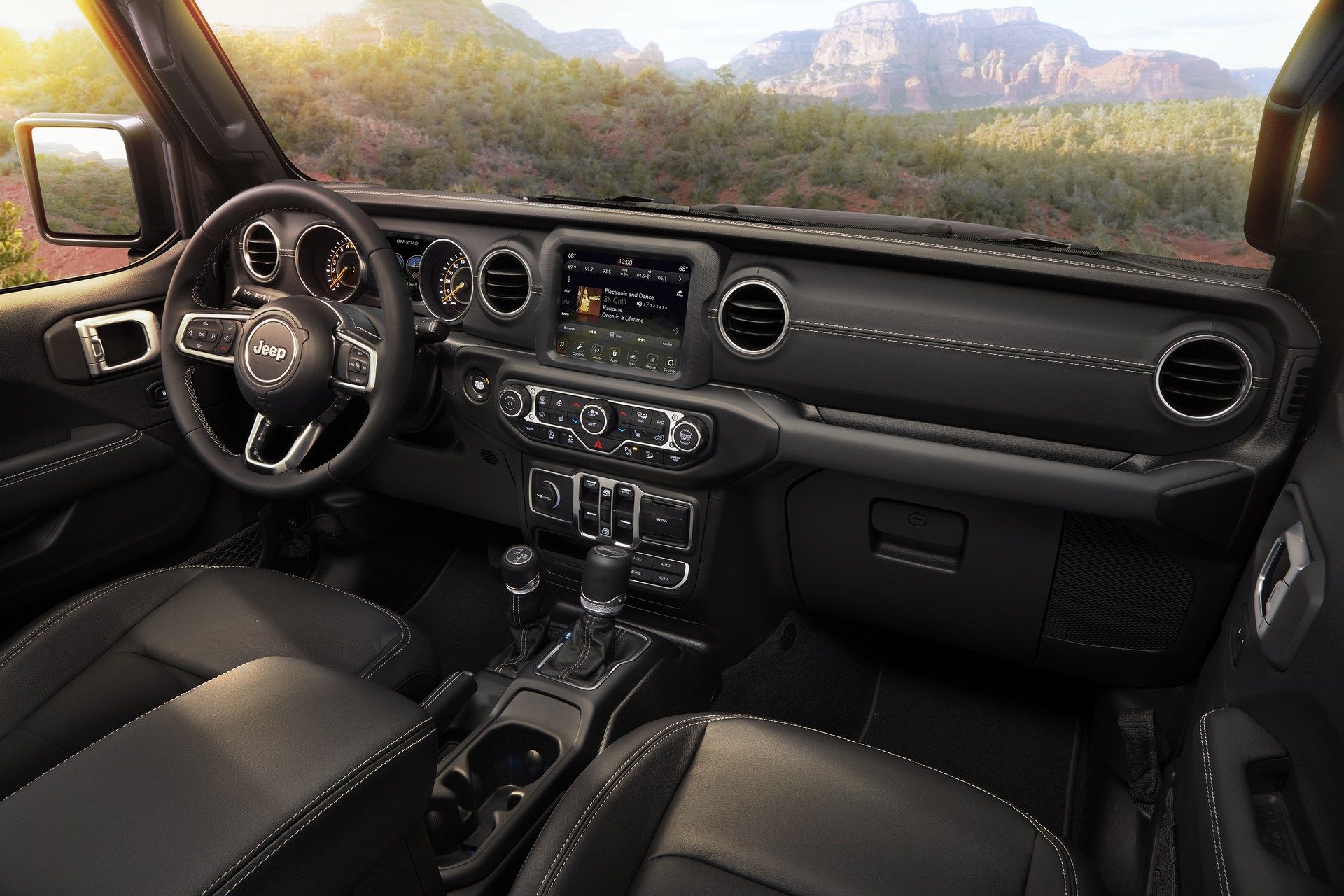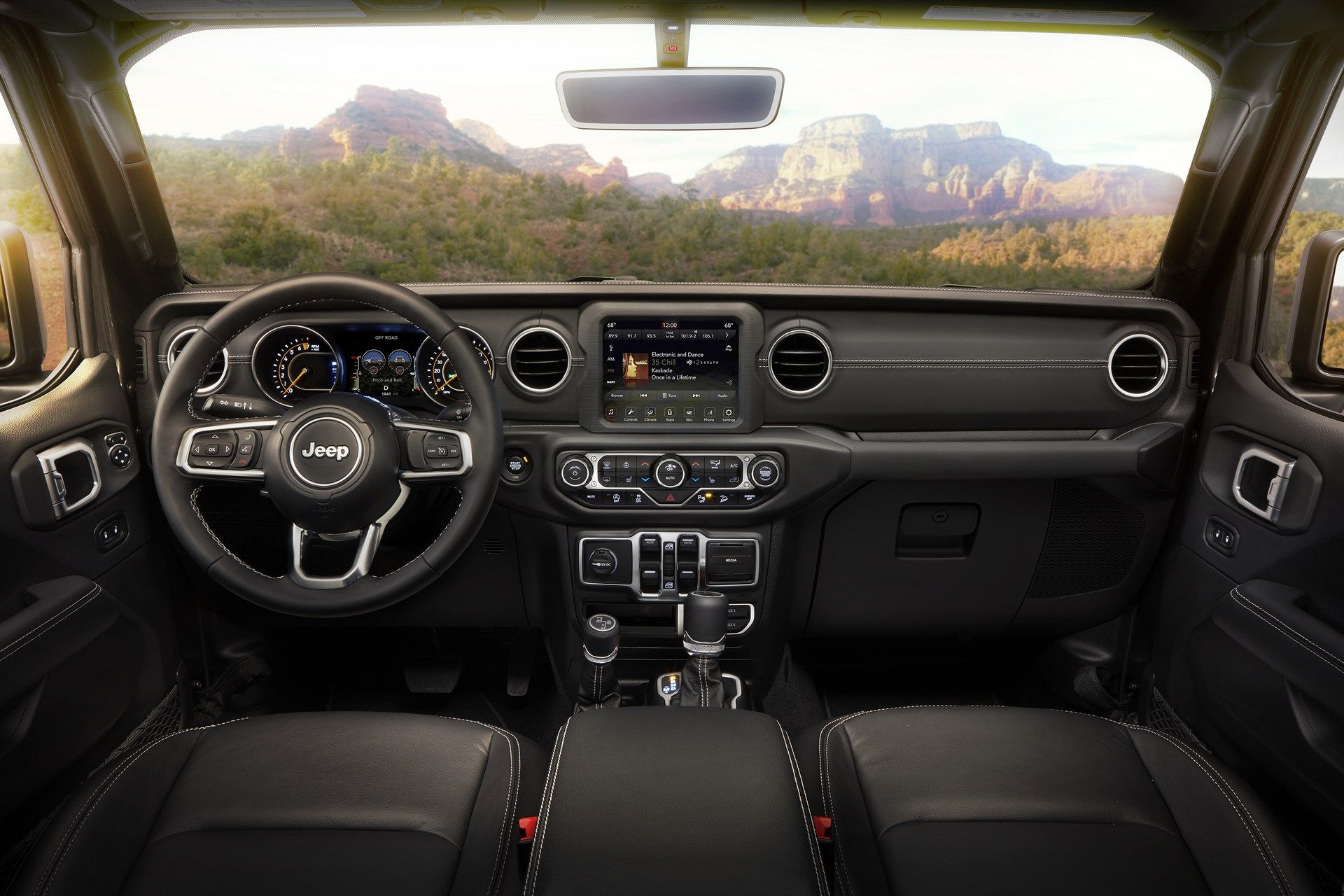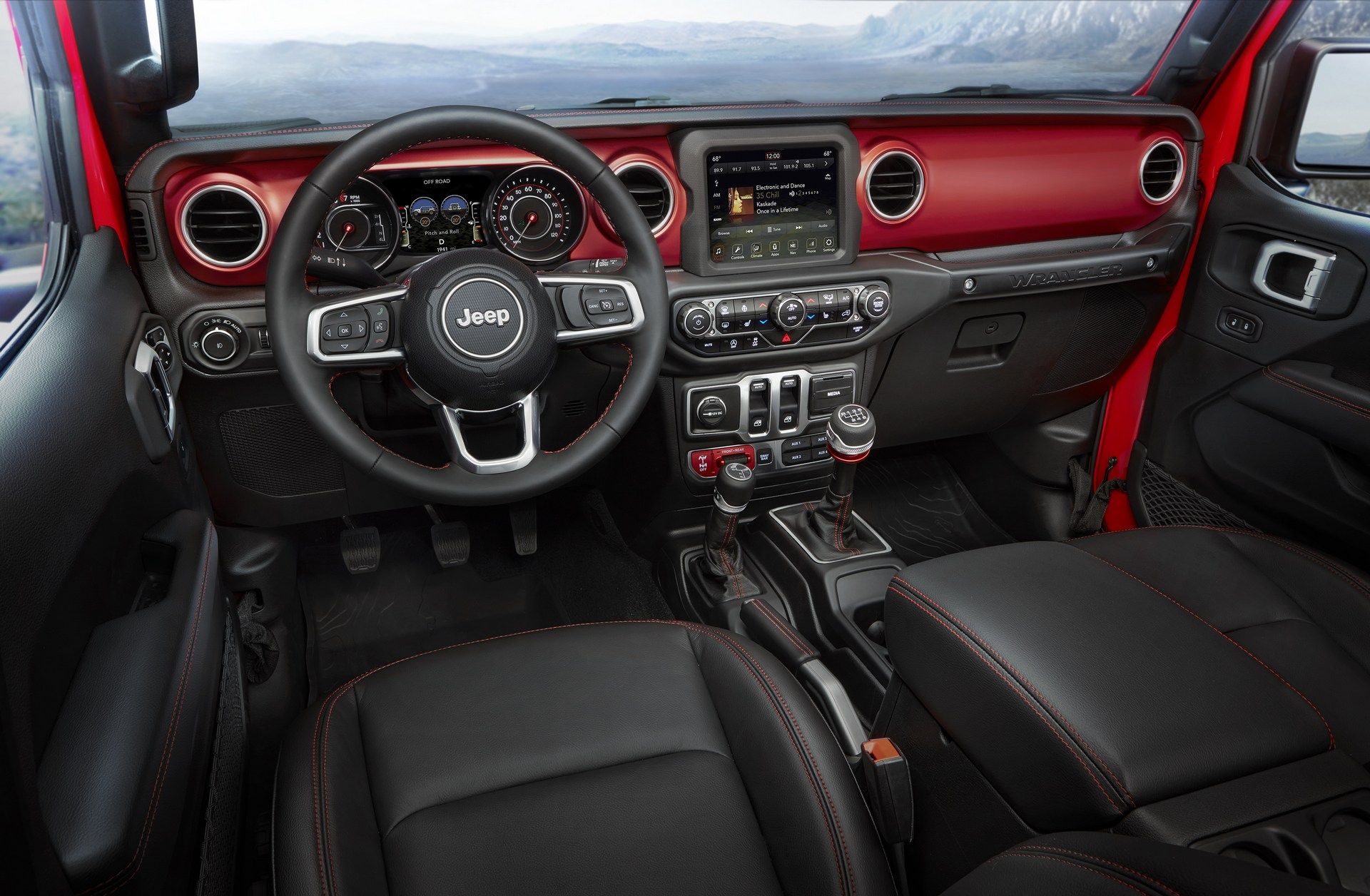The 2018 Jeep Wrangler is flying off dealer lots and that trend will likely continue thanks to the model’s all-new turbocharged 2.0-liter four-cylinder engine.
Jeep hasn’t said much about the engine lately but as Autoblog found out, the EPA has quietly revealed its fuel economy numbers. In the two-door model, the turbocharged engine will enable the Wrangler to have a fuel economy rating of 23 mpg city, 25 mpg highway and 24 mpg combined.
For comparison, the 3.6-liter V6 with the eight-speed automatic transmission – which is required on the turbo four-cylinder – is rated at 18 mpg city, 23 mpg highway and 20 mpg combined.
The four-door Wrangler isn’t quite as efficient as it is rated at 22 mpg city, 24 mpg highway and 22 mpg combined. However, that’s still an improvement over the V6 which returns 18 mpg city, 23 mpg highway and 20 mpg combined.
In terms of performance, the four-cylinder engine produces 270 hp (201 kW / 273 PS) and 295 lb-ft (400 Nm) of torque. It’s less powerful than the V6, which develops 285 hp (212 kW / 289 PS) and 260 lb-ft (352 Nm) of torque, but it’s equipped with an eTorque system. Thanks to the feature, the turbocharged Wrangler has an engine stop/start system, electric power assist and an extended fuel shut-off. The model also has intelligent battery charging and a regenerative braking system.
The four-cylinder’s technology helps to significantly improve fuel efficiency as the two-door model is rated 5 mpg city, 2 mpg highway and 4 mpg combined higher than the V6. Likewise, the four-door model has improvements of 4 mpg city, 1 mpg highway and 2 mpg combined.
Unfortunately, the fuel savings comes at a cost as the four-cylinder engine is a $1,000 option and it requires the aforementioned eight-speed automatic transmission which costs an additional $2,000. The EPA listing also seems to suggest the new engine requires premium fuel.





